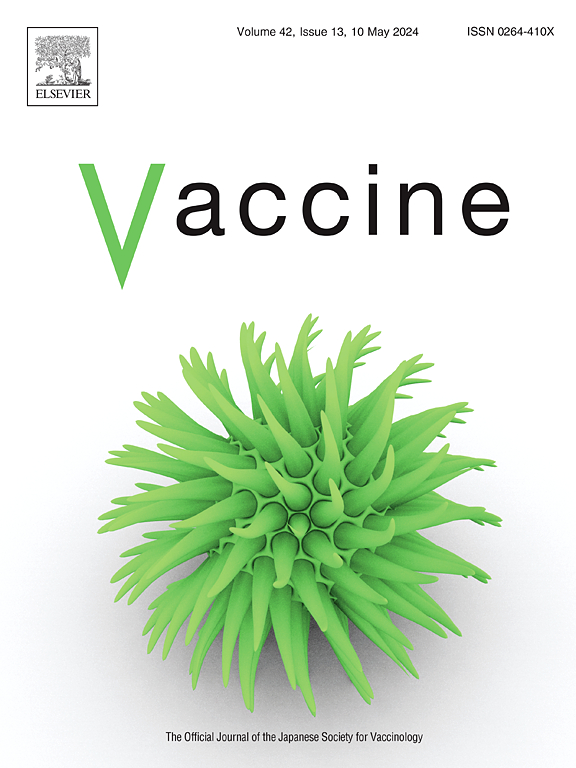A double-blind, randomised phase III clinical trial to evaluate safety, immunogenicity, non-inferiority & lot to lot consistency of single component oral cholera vaccine BBV131 (Hillchol®) in comparison to Shanchol™
IF 4.5
3区 医学
Q2 IMMUNOLOGY
引用次数: 0
Abstract
Background
Cholera is a vaccine-preventable disease that has faced a surge in outbreaks and a shortage of vaccines. The new generation oral cholera vaccine (OCV) BBV131, featuring a simplified single stable O1 Hikojima strain, aims to enhance production efficiency and affordability. This study evaluates BBV131's immune profile, safety, and non-inferiority compared to Shanchol™ in healthy adults and children. Adding BBV131 to the vaccine stockpile could improve supply, simplify logistics, and ease administration efforts.
Methods
In this randomised, modified, double-blind, multi-centre, phase III trial, 1800 participants were recruited across 10 clinical trial sites across India. Participants were stratified into three age groups (adults >18 years, children ≥5 to <18 years, and infants ≥1 to <5 years) and were randomised in a 3:1 ratio to receive either BBV131 or Shanchol™. All participants received two doses of the vaccine orally on days 0 and 14. Immunogenicity was assessed through blood samples collected at baseline, two weeks after each dose, and follow-ups at days 28, 56, 90, and 180. The primary endpoint focused on the proportion of participants achieving >4-fold increase in vibriocidal antibody titres against Ogawa and Inaba serotypes 14 days post two doses. While secondary endpoints included Geometric Mean Titre (GMT) measurements and safety. Safety was evaluated throughout the study, reporting solicited and unsolicited adverse events (AEs). Another cohort of 1800 was added to the above study as an addendum to expand the safety database.
Findings
Of the 1800 enrolled participants, 1794 completed the study. Post-vaccination, the percentage of participants in the BBV131 group who exhibited a > 4-fold increase in anti-V. cholerae antibody titres were 68.25 % for Ogawa and 69.52 % for Inaba—demonstrating non-inferiority to Shanchol™, with a lower limit of 95 % CI above the non-inferiority margin. The safety profile revealed 257 AEs among 236 participants (13.1 %), with similar incidence across age groups and between vaccines; common AEs included dry mouth and headache.
Interpretation
The findings indicate that BBV131 demonstrates non-inferior immunogenicity and comparable safety to Shanchol™ in healthy Indian adults and children, supporting its potential as an effective OCV. Clinical Trial Registration: CTRI/2022/01/039734.
求助全文
约1分钟内获得全文
求助全文
来源期刊

Vaccine
医学-免疫学
CiteScore
8.70
自引率
5.50%
发文量
992
审稿时长
131 days
期刊介绍:
Vaccine is unique in publishing the highest quality science across all disciplines relevant to the field of vaccinology - all original article submissions across basic and clinical research, vaccine manufacturing, history, public policy, behavioral science and ethics, social sciences, safety, and many other related areas are welcomed. The submission categories as given in the Guide for Authors indicate where we receive the most papers. Papers outside these major areas are also welcome and authors are encouraged to contact us with specific questions.
 求助内容:
求助内容: 应助结果提醒方式:
应助结果提醒方式:


